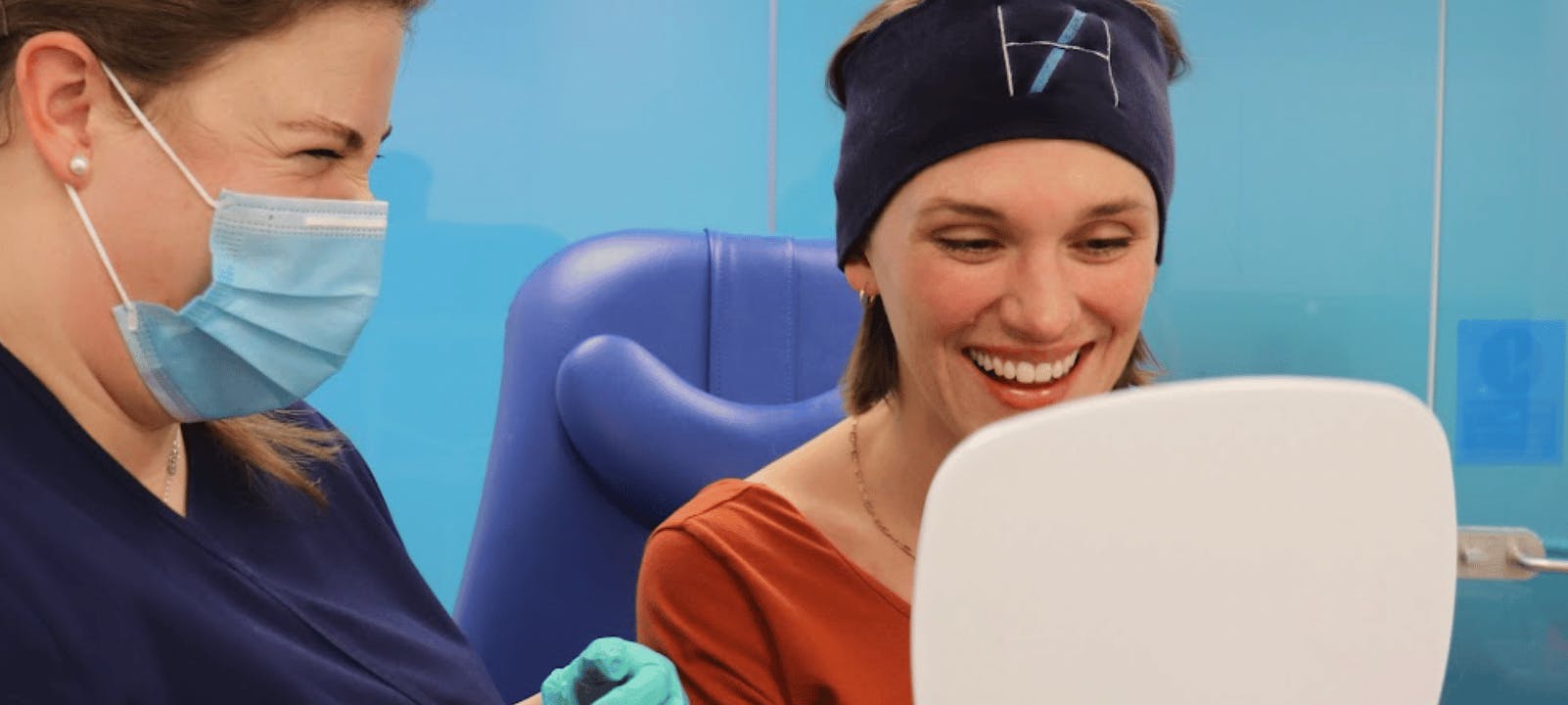How to set your prices for Injectable Treatments

As an aesthetics practitioner, knowing how to set your prices for injectable treatments is a key business skill to acquire.
Chances are you may be new to the entreprenurial side of aesthetic medicine, so this may seem a daunting task. But don’t worry! We have some great advice to get you started...
Here is a three-step guide on how to set your prices for filler treatments and upper face botox. This advice is based on starting a new medical aesthetics practice from scratch.

1. Work out how much it costs for you to administer each specific treatment
When a patient pays for their treatment, they are not just paying for the price of the filler or toxin you’re using. In order to have a viable business, your prices need to cover the running costs of your business. These include costs such as the following...
– Rent for your clinic space
– Utility bills for this space (if not included in the rent)
– Sundry costs for this space (if not included in the rent)
This covers everything from hand wash and light bulbs to toilet roll and magazine subscriptions. If you are looking to recoup the cost of kitting out your space eg. the price of your treatment bed, any waiting room furniture, decor etc, then add this to your total too.
Products and tools used for treatment
Include everything from needles and filler or toxin, to saline, numbing agents, makeup wipes, gauze, surgical gloves – all the supplies you need to provide treatment. Remember to include your emergency provisions here, too.
Operating costs
This is everything else you have to pay for in order to run your business. For example, rent, clinic consumables, insurance, VAT, phone and/or wi-fi costs, IT licenses such as for patient management software and payment systems, legal and accountancy services, a PPL licence (if you play music in your clinic space), aesthetics training, membership of any organisations, etc.
Marketing costs
Include the cost of putting together and running all marketing initiatives. These include your website, any third party design work, printing costs for flyers, posters, etc.

2. Decide how much of a profit you wish to make
This profit is essentially how much money you earn from your business
When you first start out, we recommend seeing as many patients as possible for a lower price than you intend to charge. This can help you to build your confidence, your client base and your reputation. It can also be an effective word-of-mouth marketing tool!
Start by charging either your price without profit added, or the cost price of the product, if you can afford to do this. Once you feel confident enough, start charging your full prices.

3. Use the figures from points 1 and 2 to set your prices
Add together all the prices for everything in point 1 except the price of the actual filler or toxin product used per treatment. This will give you your primary cost.
Let’s say, for the purposes of this example, that you’re practising aesthetics five days a week. Each of these days, you work for eight hours.
First use the primary cost to work out how much you need to earn per day. To do this, divide the primary cost by the number of days you work. For this example let’s use 252 working days/year.
If you have a primary cost of £20,000, this means you need to earn £79.37 per day for each of the days you work. This does not include the cost of the product used per treatment (£20,000/252).
Divide this number by eight – the number of hours you work – to get the base price for any treatment. This is assuming you offer one hour slots for each appointment. So, £79.37 divided by 8 = £9.92.
You can then add on the cost of your product, so, for example, if you’re buying your filler in bulk, work out the price per syringe. Then multiply this by how many syringes you will use for the treatment. For botox, the price will be per vial.
Your price before profit will be your primary running cost per hour of £9.92 + the cost of the product.
To get your final price, simply add on the amount of profit you wish to make eg. a 20% markup on each treatment.
As an example, a vial of 50 units of Botox may cost £80 + £9.92 = £89.92. This is your cost of performing the treatment. Average prices in the UK for three areas of upper face botox are around £250. This means you would make £160.08 per hour if you carried out this one Botox treatment in an hour and charged £250.

Should you set your treatment prices based on local competitors?
No. Your costs are your costs and these need to be covered. It can be worth knowing what local competitors are charging for a few reasons. These include being prepared should patients ask why you’re cheaper or more expensive. Also understanding what services they’re offering and which brands they use.
Whilst you may feel the need to be competitive, chances are your prices won’t be too out of line with any fellow medical aesthetics practitioners. However, you’re obviously going to be more expensive than non-medic injectors. What matters most is being able to justify your prices, should you feel you need to.
Patients may need educating to understand exactly what they’re paying for when they come to you for injectable treatments. Be sure to let them know as it’s a powerful marketing tool not to mention this information should make them feel safer!

What they are paying for includes:
- Your years of medical experience plus dedicated aesthetic medicine training
- If you have a Level 7 in Botox & Dermal Fillers, explain that you have a Master’s level, Ofqual-regulated qualification rather than just a one-day course under your belt
- Premium quality, genuine products from reputable suppliers
- A sterile clinical environment
- Follow-up and aftercare advice with emergency help available, if needed
- A fully insured medical practitioner who is accountable to whomever your professional regulator is, GMC, NMC, etc.
- If a patient is particularly price-driven, it may be that they are not the patient for you. Always go with your gut.
Also remember: just because one person may not want to pay your prices, it doesn’t mean no one else will appreciate the value you offer. Be confident in your prices, your skills and in building your business!
All information correct at the time of publication.
Download our full prospectus
Browse all our injectables, dermal fillers and cosmetic dermatology courses in one document
By submitting this form, you agree to receive marketing about our products, events, promotions and exclusive content. Consent is not a condition of purchase, and no purchase is necessary. Message frequency varies. View our Privacy Policy and Terms & Conditions
Attend our FREE open evening
If you're not sure which course is right for you, let us help
Join us online or in-person at our free open evening to learn more
Our Partners














STAY INFORMED
Sign up to receive industry news, careers advice, special offers and information on Harley Academy courses and services

